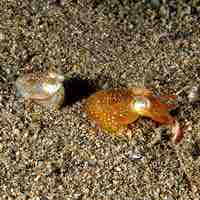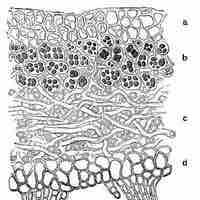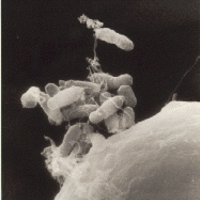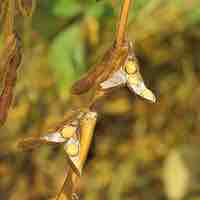Section 5
Microbial Symbioses
By Boundless
Symbiosis is a relationship between two organisms: it can be mutualistic (both benefit), commensal (one benefits), or parasitic.

Ruminant animals (such as deer and cows) digest food in a four-chambered stomach with the help of special bacteria, protozoa, and fungi.

Hydrothermal vents are home to chemosynthetic bacteria, which are the basis of a unique ecosystem that thrives in total darkness.

Squid host light-generating Allivibiro bacteria in a special organ so that they can illuminate themselves and blend in with the environment.

Members of Kingdom Fungi form ecologically beneficial mutualistic relationships with cyanobateria, plants, and animals.

Argobacterium causes Crown Gall Disease by transferring a DNA plasmid to the host plant, causing the host to make nutrients for it.

Legumes have a symbiotic relationship with bacteria called rhizobia, which create ammonia from atmospheric nitrogen and help the plant.